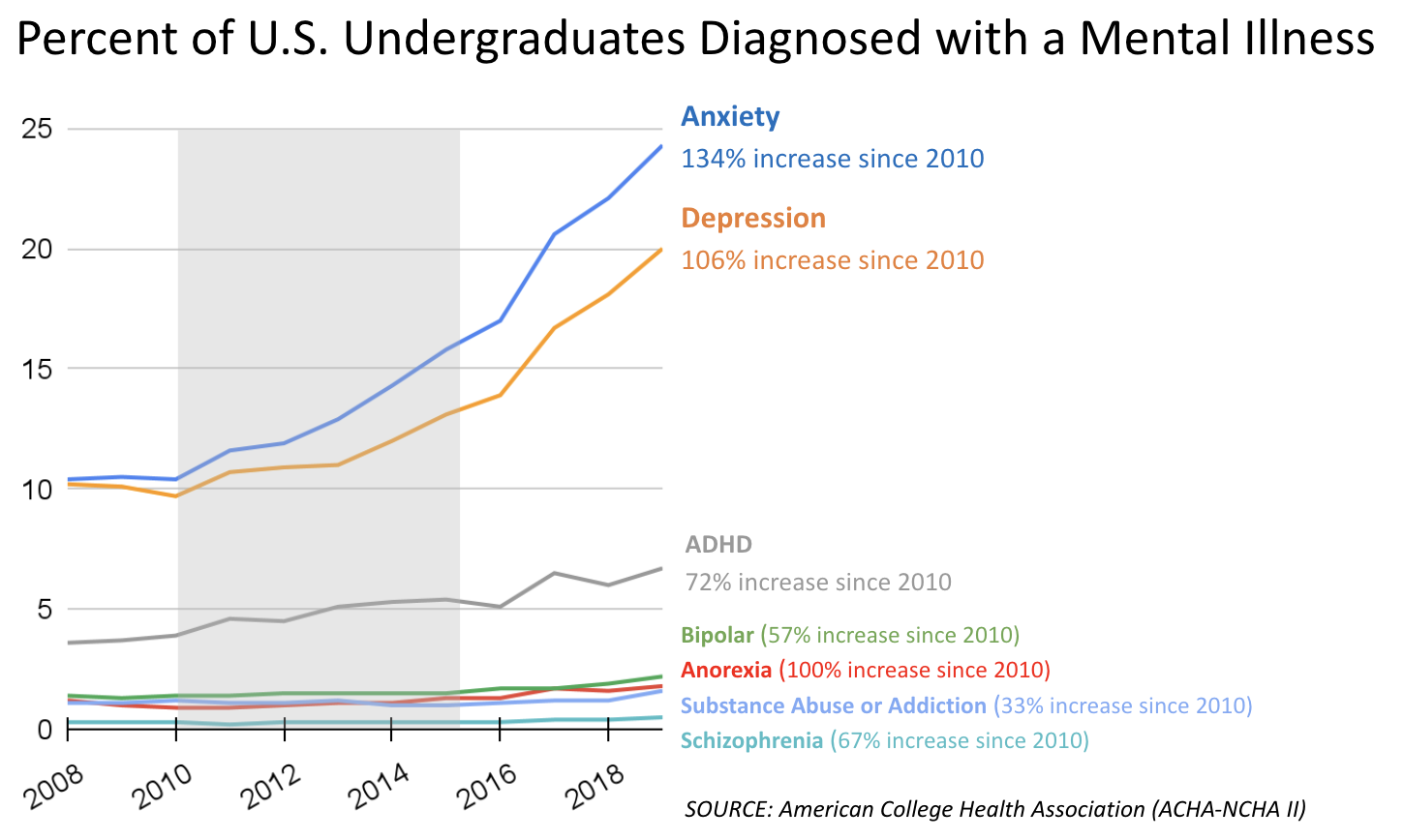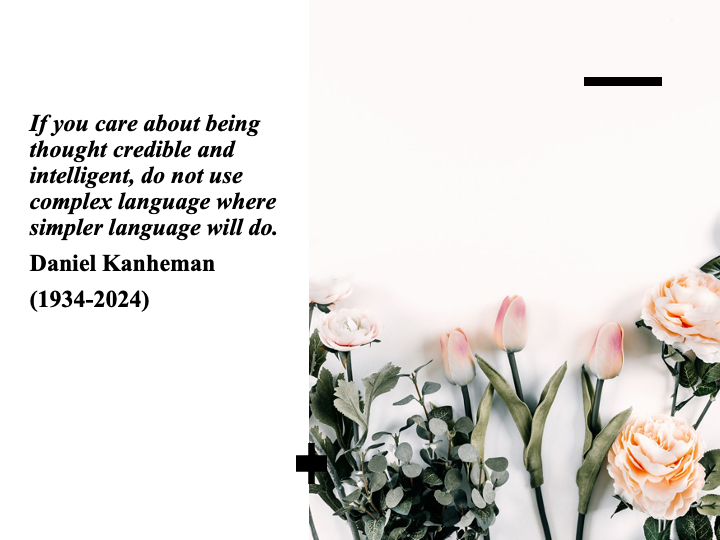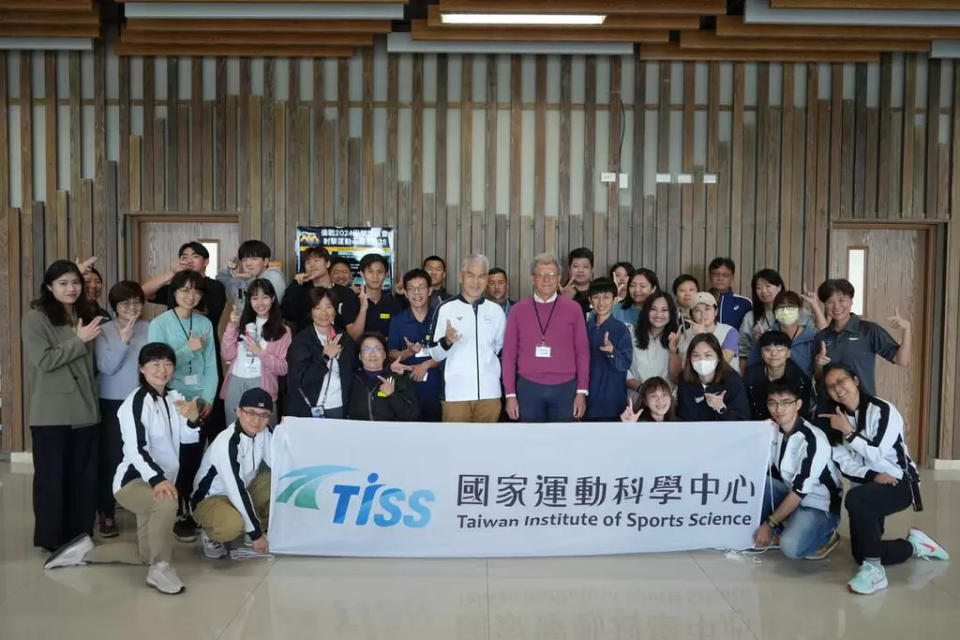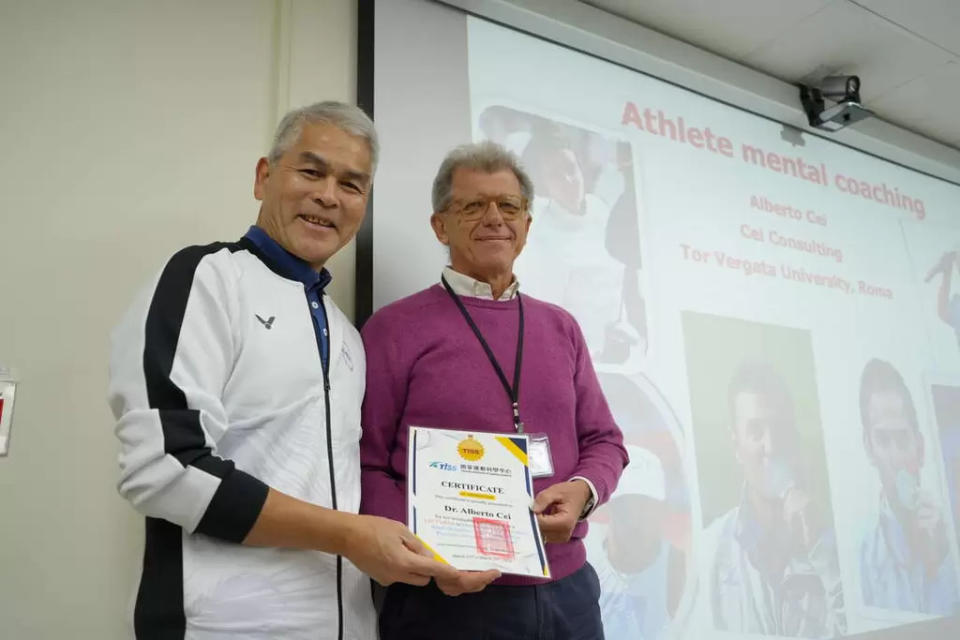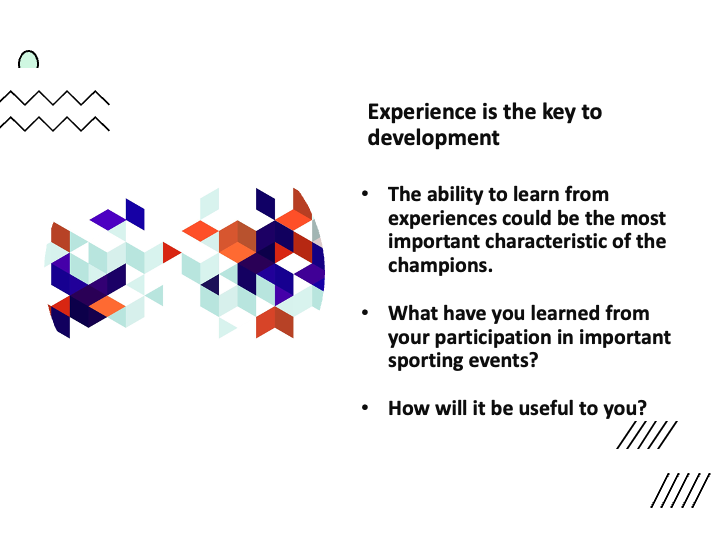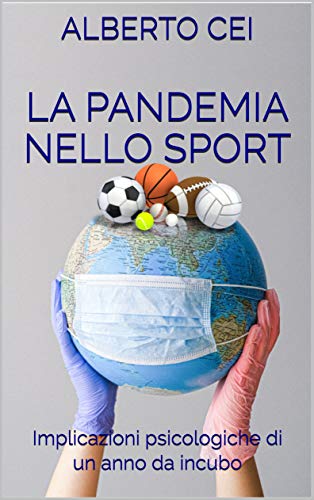Yesterday, the World Autism Awareness Day was celebrated, a disorder that affects many children and future adults, still constituting a factor of poor integration and inclusion in the social environment, not to mention that inclusion in the workforce is still marginal. Overall, there are still many negative news, and families experience daily the responsibility of their children’s development with limited support from the national healthcare system and the school. On a positive note, there is a network of associations often founded by parents with autistic children that respond to some of their many needs, ranging from therapeutic paths to sports programs and others.
In our small way, we at the Integrated Soccer Academy also participate in providing resources to these young people and their families. Our aim, through teaching soccer, is to reduce loneliness by building a community among parents and sports, and to promote a sense of belonging through soccer: This happens in various ways, including the “Classmates” project, which involves inviting some classmates to play soccer together on certain days of the school year. These are days of sports and celebration in which teachers also participate, and during this activity, young people with autism present themselves to others in a different, more capable way, and more satisfying for them compared to what is shown in school life.
We are aware that these experiences should be more frequent, but in any case, they highlight the qualities and learning of young people with autism that teachers and classmates do not see during school hours.
These activities, properly organized, could also be carried out in schools where they are usually absent. These experiences indicate the possible paths that could be taken to achieve inclusion in schools in practice. Regarding sports, sports clubs like ours show how this could happen. The School, in Italy, as a whole is not ready to change to make experiences like this “Classmates” project daily, so inclusion continues to be dependent on the goodwill of teachers and school administrators.
